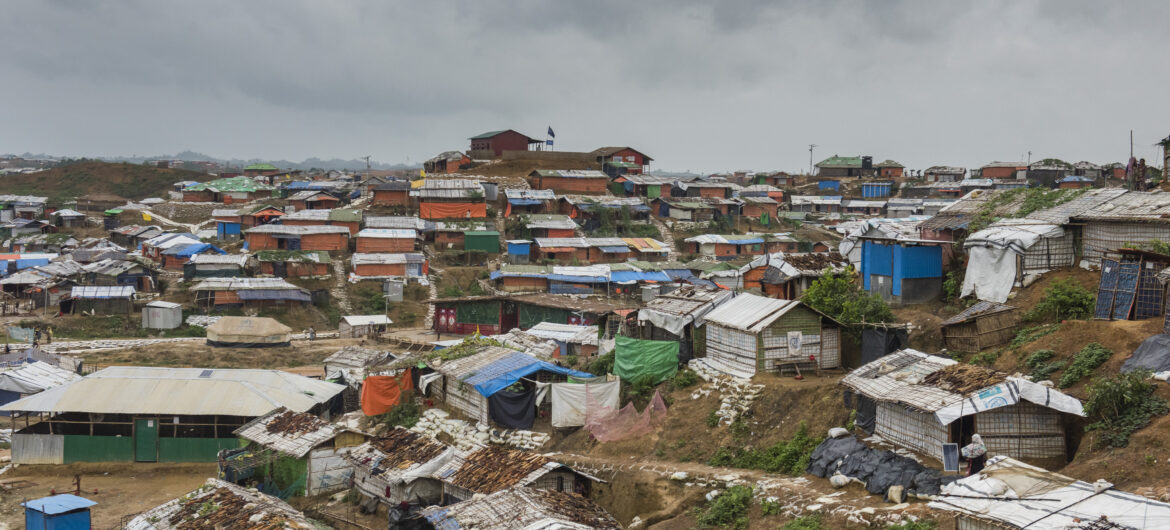A large fire has broken out in Balukhali camp on Monday afternoon claiming the lives of 15 with that number likely to rise in the coming days. An estimated 400 people remain missing in the aftermath whilst the UNHCR says that nearly 50000 are likely to have been displaced once again.
In what is often said to be the largest refugee camp in the world, fires are not all uncommon, but the size and ferocity of the blaze is unprecedented. Sk Rasel, an ex-employee of the RRRC who manage areas of the camp, who worked in the nearby Ukhiya area told The Badger that the “houses are commonly built with bamboo” leaving them susceptible to fire damage.
He adds that “now we are in the fire season”, strong winds and high temperatures in Bangladesh this time of year mean that fires are commonplace. Members of the Rohingya community have been trained in working with the FSCCD (a Bangladeshi emergency response team) to put out fires and bring the camp’s residents to safety.
UNICEF estimates that around half of the camp’s residents are children and particularly vulnerable to these fires. It is yet unknown how many children have been separated from their families in the chaos that ensued, though three children are confirmed to be amongst those who lost their lives.
The fire is reported to have damaged important infrastructure in addition to homes, amongst them three major hospitals. This dramatically reduces the capability to cope with the UNHCRs initial estimates of 550 injured.
The area of the camp affected by the blaze is said to house around 124,000 refugees. Some media outlets have reported the use of barbed wire around the camp as a contributing factor to the chaos created by the fire.
Shah Rezwan Hayat, the Bangladesh refugee commissioner assured Aljazeera that the fences haven’t “hampered rescue efforts” and that free access to roads in and out of the camp enabled rescue vehicles to enter with ease.
Fleeing a military crackdown on the Muslim minority group, Monday’s fire marks a new chapter of suffering for Rohingya refugees, thousands of whom have found themselves once again displaced.
Picture Credit: World Bank Photo Collection





